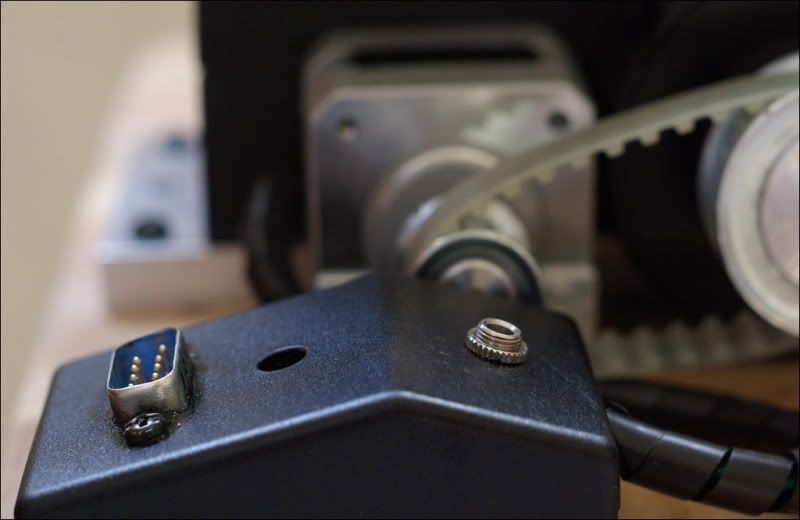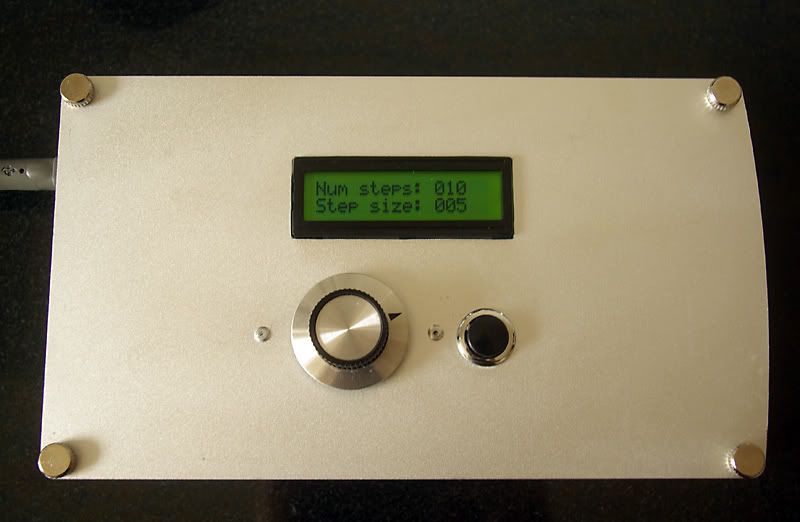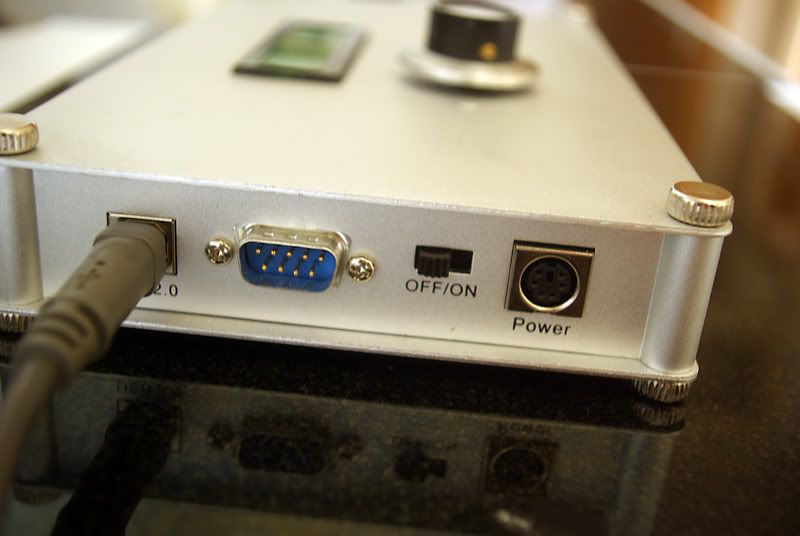A while ago I posted some very humble beginnings of a setup: http://www.photomacrography.net/forum/v ... c&start=15
I took away the very useful comments from that thread and together with a lot of inspiration from the great set-ups on here, I've spent the last few months tinkering and putting this together:

1. M42 bellows modified for arca swiss rail
2. Aluminium adaptor
3. Stepper motor, 200 steps/ revolution
4. Timing gears and belt, 1:2 - roughly 0.001mm per step
5. Nikon focus block
6. Stacking controller junction box
7. Pentax AF200T manual flash
8. Zeiss focus block subject stage, magnetic base
9. Magnetic dial test holder
10. Mild steel sheet
Junction box, serial for motor and camera in, jack to connect to camera:

(The middle hole is for the screw that keeps the top of the box on).
I'm using an arduino and easydriver to control the setup, together with a rotary encoder, pushbutton and lcd screen. Unfortunately I'm still mulling over what to put this in so while it's functional it isn't very pretty!

I think a longer clamp would make the bellows look more secure but it does seem very solid as it is.
Looking forward to the full return of the bugs so I can finally try it out properly
Comments and critique welcomed!
Richard



